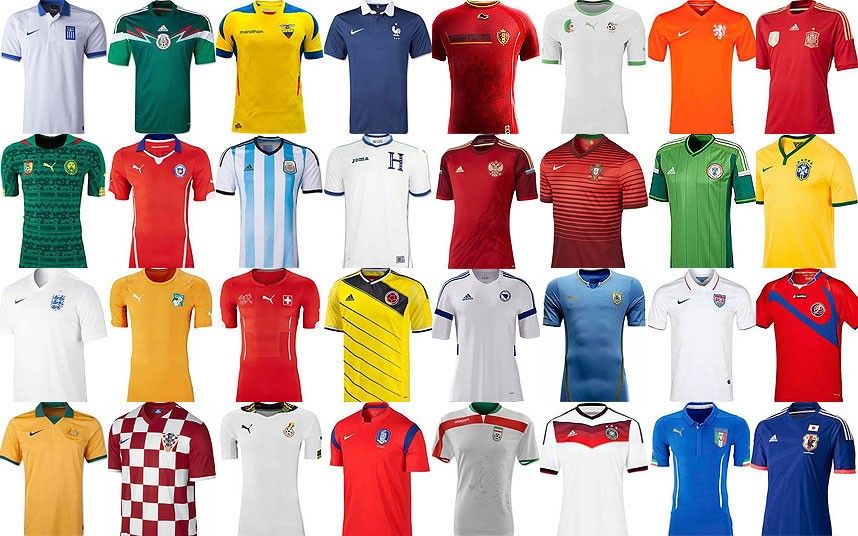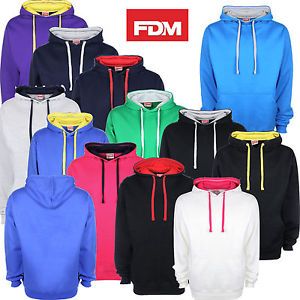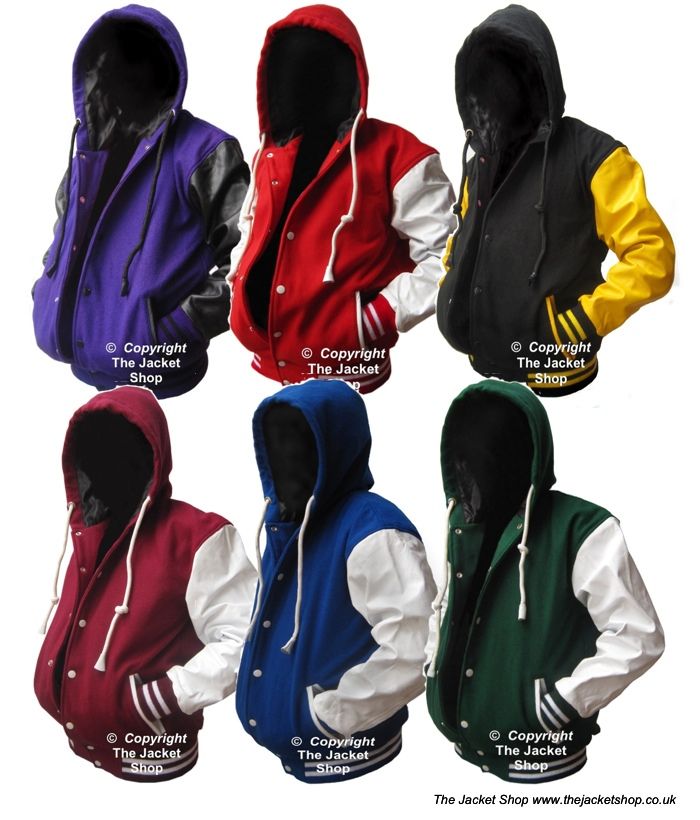Fabrics are manufactured from various raw-materials which are available from nature or artificially generated or mix of both. Fabrics can be classified based on the origin of fibers and its processes or its end usage.
Natural fabrics are those which are created from the fibers of animals coats, the cocoons of silkworms, and plants seeds, leaves and stems. It is breathable and never cause rashes apart from being soft and durable. Natural fabric is the best choice for everyone. It does not change color from UV light and there is no warming until the material looses its tensile strength.
Synthetic or man-made fabrics are made from fibers which are either completely made from inorganic materials or organic materials combined with chemicals. Synthetic fabrics have numerous properties with the purpose for which it is produced and finished. Some are lightweight with ultra sheer while others are moisture wicking and fast drying. Few are very luxurious to imitate some other natural fabrics and some are very strong and tough.
The fabric which is believed to be most soothing and safe is called as cotton fabric. Immense use of cotton fabric for infant s dresses or beddings is a live testimony of its softness and skin-friendliness. Cotton fabric has a distinctive feature that it adjusts easily with climatic requirements that is why it is called all-season fabric. In summer season cotton fabric keeps the body cool and absorbs the sweat easily whereas they give a warm feel if worn in winder season.
Сotton fiber differs markedly from other cellulose fibers in morphological traits. Due to many features, сotton even though it was discovered later than other fibers gained a superior position and stimulated immense development of textile industry. Among the advantages of cotton fabric we can name the following:
1. Сotton fabrics show good durability and utility (but still сotton fabrics are inferior to synthetic fabrics in durability). Сotton is a chemically stable material, it stays undamaged even under the continuous exposure of weak acids and alkalis.
2. High water-absorbing capacity. In humid atmosphere cotton fabric can absorb 27% of water without getting damp.
3. Cotton fabric has very good breathable characteristics, it is hypoallergenic, agreeable to touch, it is suits perfectly for people with skin hypersensibility. It has low thermal-conductivity, therefore it is an ideal material for both summer and winter clothes: in summer it prevents your skin from heat, and in winter it preserves the warmth of your body.
4. Cotton fabrics are easy to dye.
5. Cotton fabrics have very low elasticity characteristics, so they almost don't stretch.
6. They are easy washable and can be ironed even at high temperature.
Сotton fabric is often used with WR (water resistance), OP (oil proof), flame retardant (FR) finishes, XM Textiles also provides cotton fabric with antistatic fibers. Cotton fabrics often find its application in producing workwear with high hygienic requirements and clothing for protection against low temperatures.

Linen Fabric
Linen is called as king of natural fabric. Linen is extensively used for apparel making and home furnishing as well. Linen, being a natural fiber is considered to be safe for all types of skin. Linen fabric is also suggested for sensitive skin as its natural properties makes it resistant for allergies.
Linen fabric do not cause problems like irritation, allergic reaction etc. The natural fiber of linen makes it strong and durable. Linen is an easy maintainable fabric. No special treatments are required for linen; it can be simply washed by hands. Although linen is used for all kinds of clothing, yet mostly used for home furnishing items like table cloth, bedspreads, curtains etc
Jersey Fabric
Jersey is a knit fabric used predominantly for clothing manufacture. It was originally made of wool, but is now made of wool, cotton, and synthetic fibres. Since medieval times Jersey,
Channel Islands, where the material was first produced, had been an important exporter of knitted goods and the fabric in wool from Jersey became well known. The fabric can be a very stretchy single knitting, usually light-weight, jersey with one flat side and one piled side. When made with a lightweight yarn, this is the fabric most often used to make T-shirts. Or it can be a double knitted jersey (interlock jersey), with less stretch, that creates a heavier fabric of two single jerseys knitted together to leave the two flat sides on the outsides of the fabric, with the piles in the middle. Jersey is considered to be an excellent fabric for draped garments, such as dresses, and women's tops.
Mircofiber Fabric
Microfiber or microfibre is synthetic fiber finer than one or 1.3 denier or decitex/thread. This is 1/100th the diameter of a human hair and 1/20th the diameter of a strand of silk. The most common types of microfibers are made from polyesters, polyamides (e.g., nylon, Kevlar, Nomex, trogamide), or a conjugation of polyester, polyamide, and polypropylene (Prolen). Microfiber is used to make mats, knits, and weaves for apparel, upholstery, industrial filters, and cleaning products. The shape, size, and combinations of synthetic fibers are selected for specific characteristics, including softness, toughness, absorption, water repellency, electrodynamics, and filtering capabilities.
Microfiber fabric is often used for athletic wear, such as cycling jerseys, because the microfiber material wicks moisture (sweat) away from the body, keeping the wearer cool and dry. Microfiber is also very elastic, making it suitable for undergarments. However, the US Marine Corps banned synthetic fabrics in forward environments due to melting and burn risk.
Microfiber is also used to make tough, very soft-to-the-touch materials for general clothing use, often used in skirts and jackets. Microfiber can be made into Ultrasuede, an animal-product-free imitation suede that is cheaper[citation needed] and easier to clean and sew than real suede.
Polyester Fabric
Polyester is a type of fabric that is not found naturally. The polyester fabric is man made. The polyester fabric is widely used in various applications and is very much in demand in markets. This fabric has various qualities due to those it is so popular like wrinkle resistance and springing back into its smooth shape. The polyester fabric is very strong and soft as well.
The polyester fabric can also be mixed with other fabrics to make a strong and durable fabric or to achieve any other motive. For example, In upholstery, polyester is generally blended with wool to eliminate crushing and reduce fading. There are various uses of polyester fabric like it is used in casement curtains, draperies, floor coverings, throw rugs, bedding, and as a cushioning or insulating material.
Polyester is resilient and resists biological damage, it wears quite well and is easy to wash.
100% polyester fabrics (like the top above) are actually quite soft and smooth. Almost satiny. They have a bit of give give in them.
TC Fabric
TC stands for for Tetron Cotton. Tetron is a material that blended with polyester. (65% Polyester, 35% Rayon)
TC fabric is a very popular type of polyester cotton fabric that is used for different types of workwear, uniform and corporate clothing.
This kind of workwear fabric provides an optimum polyester/cotton proportion that guarantees excellent strength properties and good hygienic characteristics. Special final finishes and good quality of the dye stuff allow us to achieve high grade of color-fastness, high temperature of washing and low percentage of shrinkage. These fabrics almost do not lose shape, don't crease, have a very small shrinkage index and good colorfastness, they wash easily and show very good breathable, hygroscopic and durable properties.
To improve the properties of T/C fabrics we apply special softening finishes that give our fabrics excellent tactile perception, water repellent and oil repellent finishes to defend people against rain and oil.
CVC fabrics or Chief Value Cotton fabrics are fabrics made of cotton and polyester, that contain larger percentages of cotton yearn that polyester. They are mostly used in production of hospital garments and are also recommended for manufacture of uniforms and work wear.
CVC fabric is a result of polyester and cotton blending in the certain proportion. Interwoven CVC fabrics are characterized by enlarged percentage of cotton yarn that provides better hygienic properties in comparison with TC fabrics and better strength characteristics in comparison with 100% cotton fabrics. Also they guarantee low shrinkage, high color-fastness and perfect durability.
Most types of CVC fabrics have the same constructions as T/C fabrics and differ from them by enlarged percentage of cotton only. XM Textiles offers regular interwoven CVC fabrics and CVC fabrics with polyester yarn exterior. In this case cotton yarn is placed on the interior that guarantees excellent hygienic characteristics. We recommend to choose this materials for people with hypersensibility. CVC fabrics are perfect for producing medical and chef clothes, shirts. All CVC fabrics are suitable for workwear, uniforms and corporate clothes for all kind of industries.
































